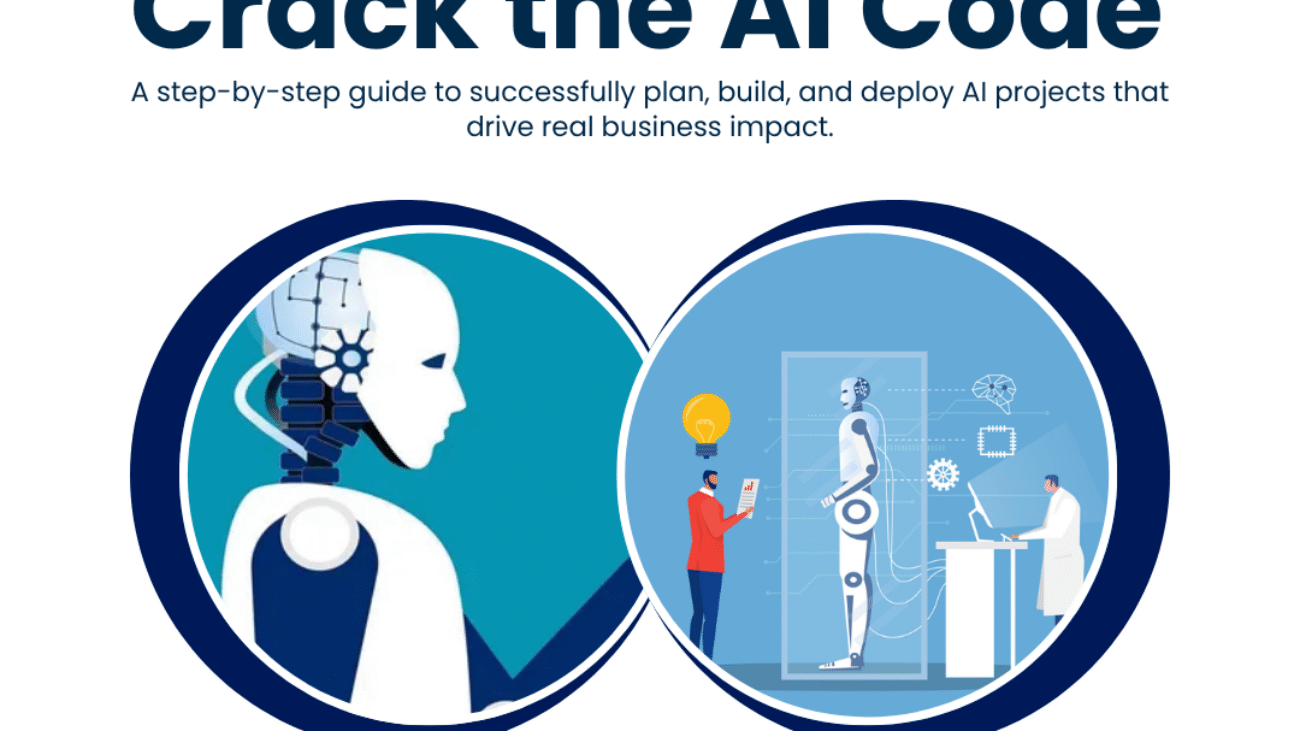Artificial Intelligence isn’t just a buzzword anymore; it’s a business advantage. Whether you’re launching a chatbot, predictive analytics engine, or smart automation system, the success of your AI project depends not just on the technology but on how you plan, execute, and evolve it.

In this blog, we break down 6 practical stages you must follow to ensure your AI project delivers real value, not just hype.
Stage 1: Define the Problem, Not the Technology

Before you dive into models, data, or tools, start with clarity:
- What business challenge are you solving?
- What decision-making needs to be smarter, faster, or automated?
- What will success look like?
Tip: Avoid building AI just for the sake of it. Identify where AI can save time, cut costs, or enhance customer experience.
Stage 2: Collect and Prepare Quality Data
AI is only as good as the data you feed it.
This stage is all about gathering relevant, clean, and structured data from your systems, CRM, ERP, website, or IoT devices.
Remember:
- Garbage in, garbage out.
- More data isn’t always better — quality beats quantity.
- Data privacy and compliance (GDPR, HIPAA, etc.) should be front and center.
Stage 3: Choose the Right AI Approach

Now comes the tech talk — but wisely. Based on your problem and data, choose the most appropriate AI method:
- Machine learning for predictions and classifications
- Natural Language Processing for chatbots or text insights
- Computer vision for image recognition
- Generative AI for content creation
Pro tip: Don’t overcomplicate. A simple regression model might outperform a complex neural net if well-tuned.
Stage 4: Build, Train, and Test Your Model
This is your development stage. You’ll split your data into training and testing sets and iterate on your AI model’s performance.
Key actions:
- Train → Validate → Fine-tune
- Monitor for bias, overfitting, and accuracy
- Document everything for reproducibility
Note: This stage is experimental. Fail fast, learn faster.
Stage 5: Deploy and Integrate Seamlessly
A great model sitting on a developer’s laptop is useless. Deploy it where your team or customers can benefit from it — like a mobile app, CRM, dashboard, or workflow tool.
Integration matters:

- API-ready models
- Real-time performance monitoring
- Clear documentation for the end-users
Stage 6: Monitor, Improve, and Scale
AI is never “done.” Once in production, monitor how it performs in the real world.
Does it drift? Are users happy? Are you hitting KPIs?
Key practices:
- Regular model retraining
- Feedback loops from users
- Identify other processes you can optimize with AI
Ready to scale? Expand your model to new teams, geographies, or products.
Final Thoughts: Make AI Human-Centric
Running a successful AI project isn’t just about algorithms — it’s about solving real problems for real people.
Align your AI strategy with your business goals, and involve stakeholders across departments for maximum adoption.
Want help turning your AI vision into action?
Explore our consulting services or contact us for a free discovery call. Our AI experts are here to help you build smart, scalable, and impactful solutions.
Browse more on our blog for practical guides, case studies, and success stories in AI, automation, and digital transformation.
Created by Zain Malik | Blue Peaks Consulting

 Cart is empty
Cart is empty 
Add a Comment